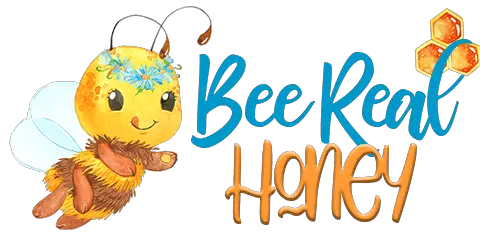*This post may have affiliate links, which means I may receive commissions if you choose to purchase through links I provide (at no extra cost to you). As an Amazon Associate I earn from qualifying purchases. Please read my disclaimer for additional details..
Do you love honey? Unless you’re a honey connoisseur, you may not know that honey has a distinct taste depending on the source of nectar the bees visited.
One such plant that gives honey a distinctive taste and color is clover.
Bees love sucking nectar from clover, and as a beekeeper, your bees will be happy if you have clovers all over your farm.
Still, you will find that there are certain varieties of clovers that bees love more than others.
Bees need a diverse diet to remain healthy, and the taste of the honey your bees produce will depend on what flowers the bees collect nectar from during the blooming season.
Clover plants are tolerant of dry conditions and grow back quickly, making them excellent choices for beekeepers who want to provide a continuous source of nectar for their honey bees.
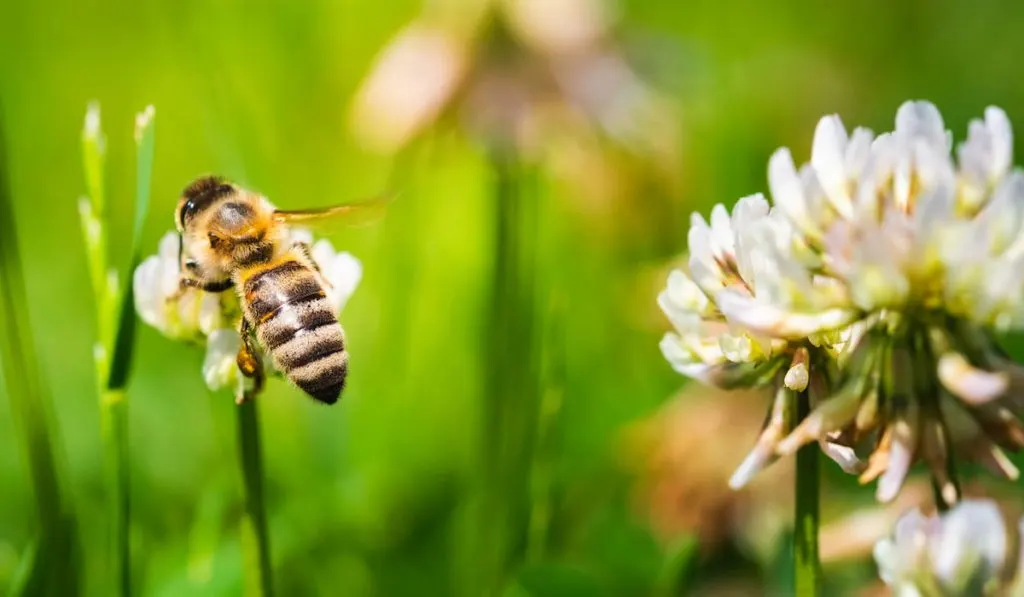
Table of Contents
Clover Varieties That are Best for Bees
The best honey-producing clover varieties depend on your location and the flora growing within a few miles of your beehives.
It is essential to offer bees many different varieties of flowers to support the abundance and diversity of their food supply. You can do this by planting clover in a variety of colors and forms.
It has been discovered that white clover offers more nectar than all other plant forms because it has so many tiny petals.
Bees can collect nectar from those tiny petals and make honey, so if you have a bigger farm and want to grow clover for your bees, by all means, plant white clover!
Red clover is a more compact form that you can plant in small gardens but still has the same benefits for bees.
Does the Color of the Clover Matter?
No, the color of the clover does not really matter. Bees love clover because it is an excellent source of nectar and bee bread for them, and they love them in all varieties.
Whether you have planted yellow, white, red or any other color, bees will still enjoy getting nectar from them.
But do all types of bees love clover? The answer is Yes! All kinds of bees love sucking nectar from clovers.
However, red clover is not a favorite of honey bees. This is because the clover flowers are deep, making it hard for honey bees to suck nectar from them.
On the other hand, bumblebees have long tongues that help them easily reach the nectar from the red clover.
4 Clover Varieties Your Bees Will Love
There are five types of clovers that bees love foraging from. Some beekeepers choose to plant these clovers close to the beehives so that bees don’t go far and wide hunting for food.
Below is a list of clover varieties that bees love that are listed in no particular order.
1. White Clover (Trifolium repens)
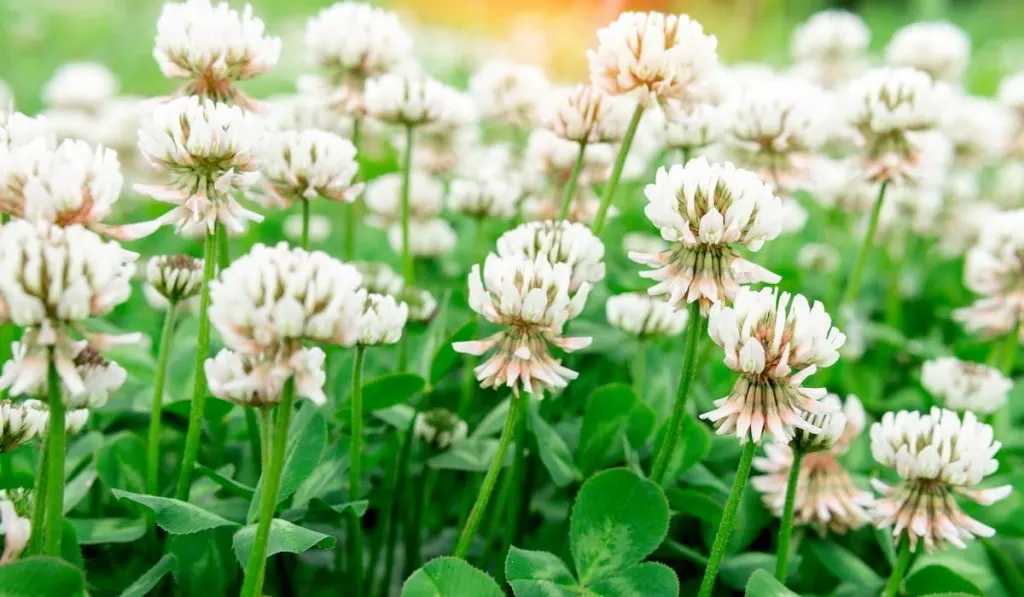
As one of the most common varieties in North America, white clover is known for being a good companion plant to other plants since it fixes nitrogen and provides ground cover.
It’s also pretty tasty to bees and other pollinators as well! White clover is one of the most common sources of pollen and nectar for honeybees.
In addition to its long flowering season, you will be pleased to know that they can often be found growing in the shade under taller plants, which makes white clover an excellent source of nutrition for your bees during the summer months.
Bees that get their nectar and pollen from white clover produce the best honey. It grows in cooler climates, although it can survive different climatic conditions.
White clover is a perennial plant that produces white flower blossoms from spring to fall.
2. Alsike Clover (Trifolium hybridum)

This variety is common in northern America. The Alsike clover plant is extremely cold hardy, which makes it ideal for colder climates.
Alsike clover has pink blossoms seen from spring all the way to summer. It has a sweet flavor that contains protein, making it ideals for bees. This plant thrives in waterlogged soils.
3. Crimson Clover
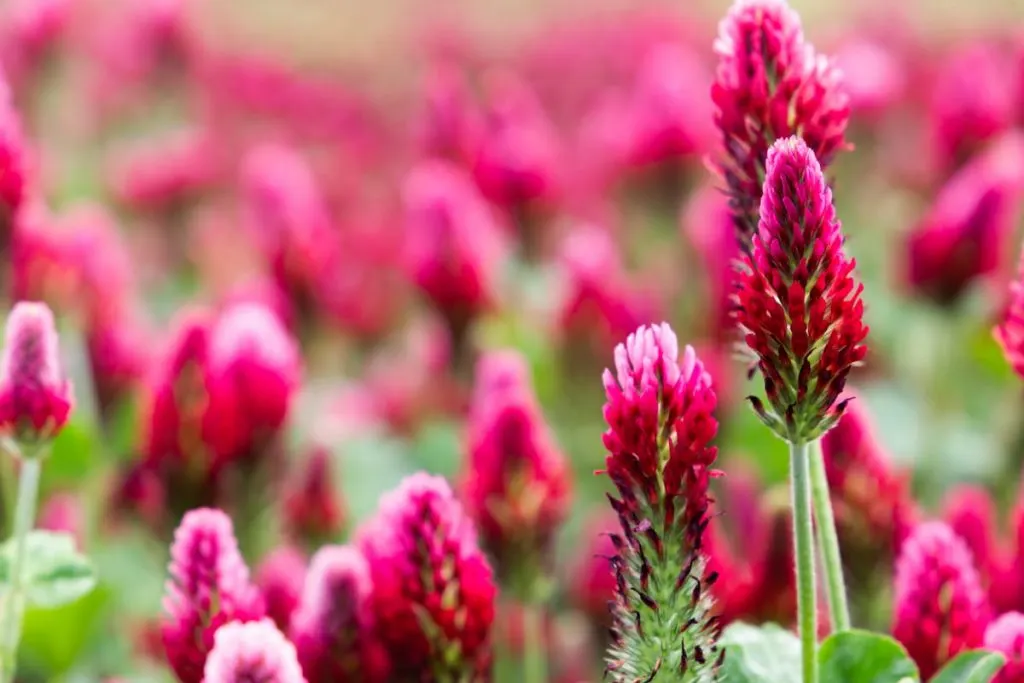
Crimson clover is a plant with bright red nectar-filled blooms loaded with nectar that many insects, including bees, are attracted to.
This annual plant is usually found in the southern parts of America and can self-seed if the conditions are favorable, thus ensuring continuity. Crimson clover thrives well in clay soils or well-drained sandy soil.
4. Sweet Clover
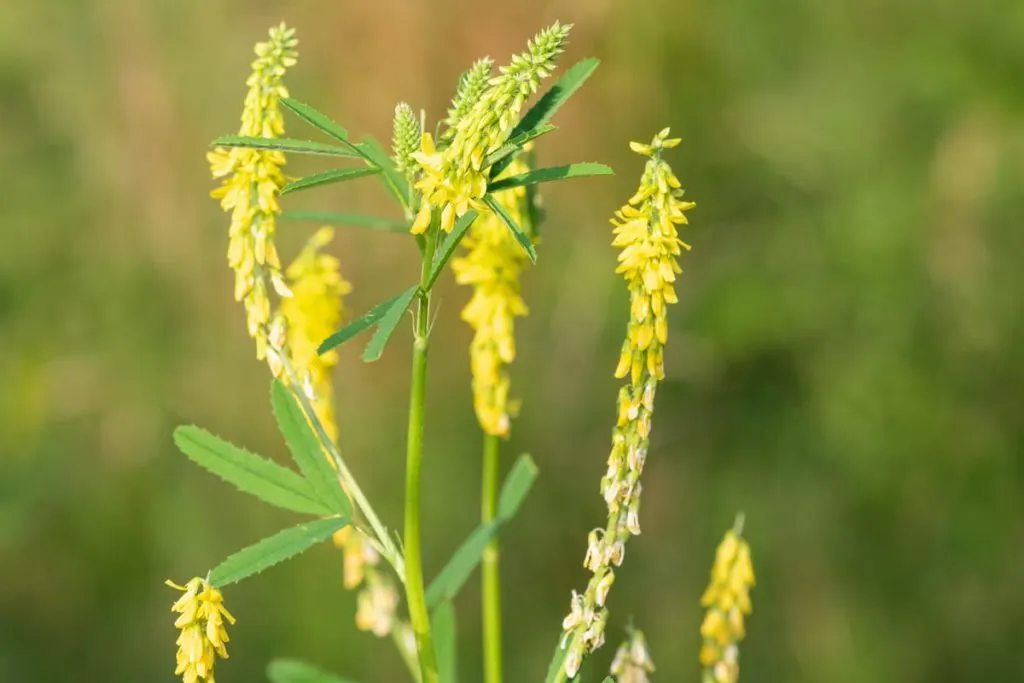
This is a drought-resistant clover plant that produces blossoms full of pollen and nectar. You can see it growing in poor soils that receive insufficient water.
It blossoms in the months of April through July so if you happen to come across these clover plants, which many mistakenly think to be weeds, best leave them for the bees.
In Conclusion
Clover is a key component of any bee-friendly garden, so if you’re looking for the best clover for bees in your area or want to make sure that there are plenty of flowering plants available nearby, plant some clover.
Planting the right plants can make all the difference to honey production, so consider adding this valuable crop to your garden.
